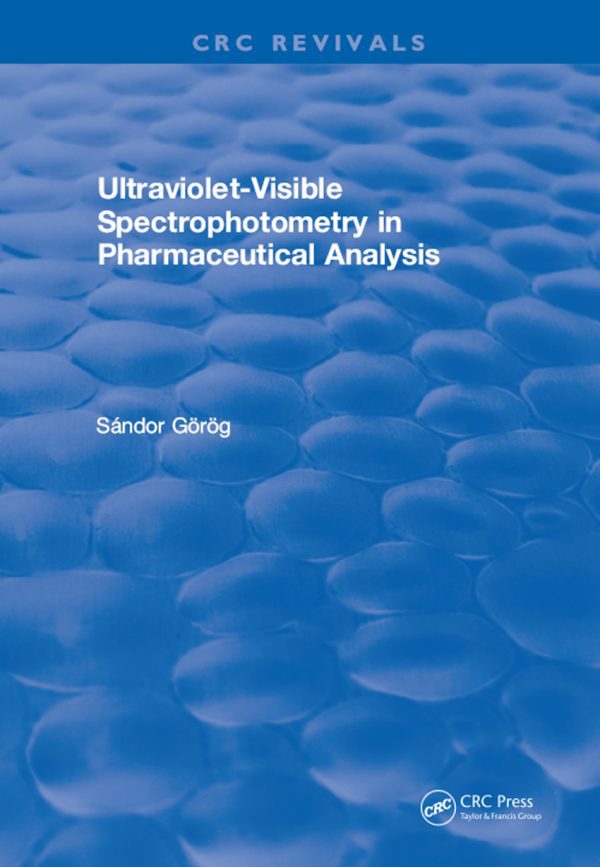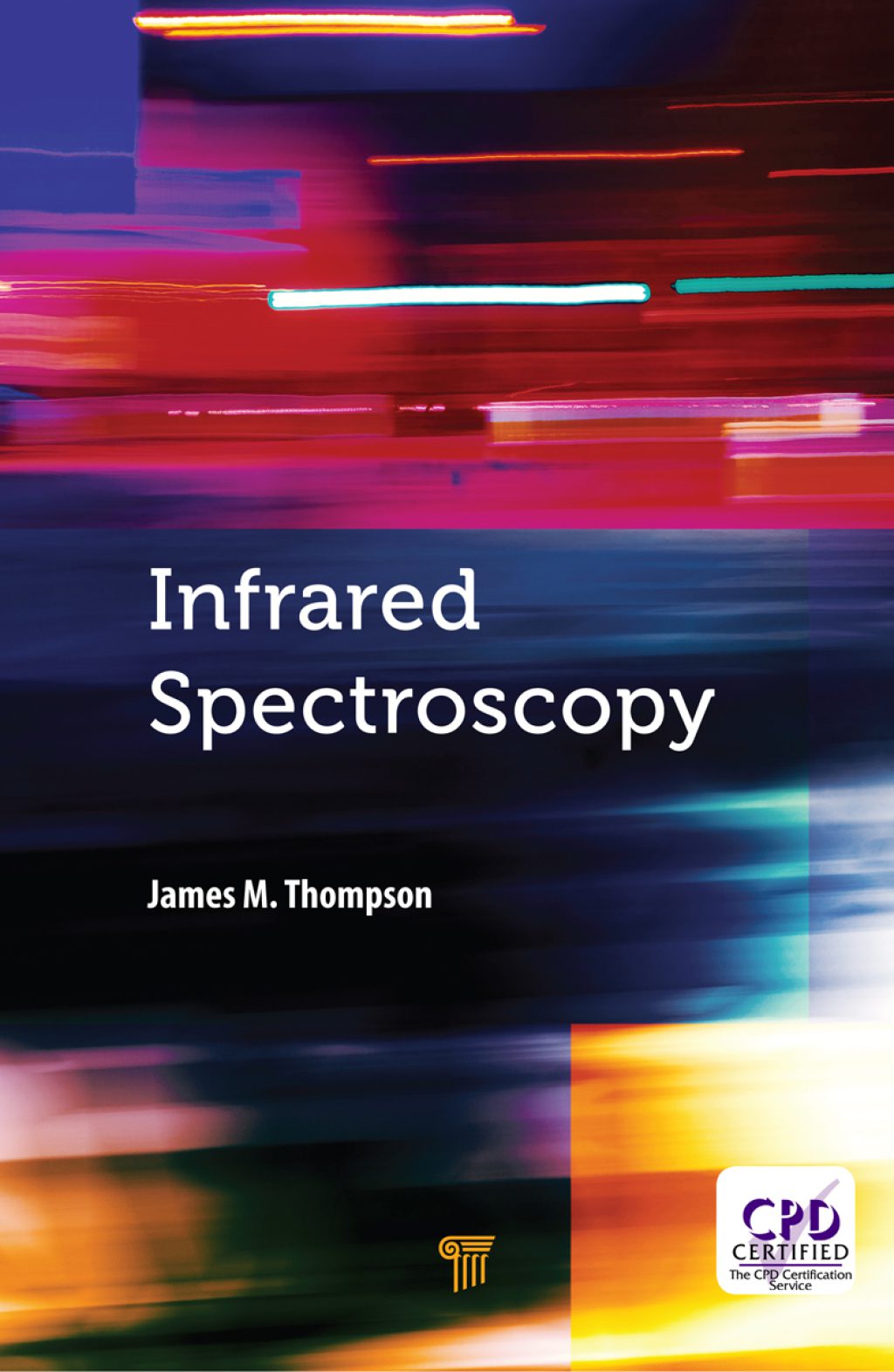Cynthia G. Zoski0444519580, 9780444519580, 9780080469300
Table of contents :
Handbook of Electrochemistry……Page 4
Copyright page……Page 5
Preface……Page 6
Contents……Page 8
Corresponding Authors……Page 20
Part I: Fundamentals……Page 22
1.1 Conventions in Electrochemistry……Page 24
1.2 Terminology……Page 27
1.3 Fundamental Equations……Page 29
1.4 Factors Affecting Reaction Rate and Current……Page 32
1.5 Equations Governing Modes of Mass Transfer……Page 38
1.6 Electrochemical Cells……Page 41
1.7 Cell Resistance; Capacitance; Uncompensated Resistance……Page 43
1.9 Electrochemistry Literature; Textbooks;Specialized Books……Page 46
References……Page 49
Part II: Laboratory Practical……Page 52
2.2 General Cell Designs……Page 54
2.3 Electrochemical Cells for Specific Applicatons……Page 56
2.4 Establishing and Maintaining an Inert Atmosphere……Page 71
References……Page 76
3.1 Introduction……Page 78
3.2 Electrolyte Conductivity……Page 79
3.3 Cells, Electrodes, and Electrolytes……Page 81
3.5 Solvents……Page 83
3.6 Salts……Page 87
3.7 “Exotic” Electrolytes……Page 88
3.8 Purification Procedures for some Commonly Used Solvents in Electrochemistry……Page 89
3.9 Purification Procedures for some Commonly Used Salts in Electrochemistry……Page 91
References……Page 92
4.1 Introduction……Page 94
4.2 Basic Components of a Reference Electrode……Page 95
4.3 Electrode Details and Fabrication……Page 101
4.4 Junctions……Page 116
4.5 Reference Electrodes: Nonaqueous Solvents……Page 119
4.6 Reference Electrode Calibration……Page 121
4.7 Maintenance……Page 123
4.8 Troubleshooting……Page 125
References……Page 129
5.1 Introduction……Page 132
5.2 Carbon Electrodes……Page 135
5.3 Metal Electrodes……Page 164
5.4 Semiconductor Electrodes……Page 168
Acknowledgments……Page 170
References……Page 171
6.1 Behavior of Ultramicroelectrodes……Page 176
6.2 Microelectrode Applications……Page 192
References……Page 207
6.3 UME Fabrication/Characterization Basics……Page 210
References……Page 218
References……Page 220
References……Page 232
References……Page 237
References……Page 242
References……Page 247
References……Page 269
References……Page 264
References……Page 274
References……Page 281
7.1 Introduction……Page 282
7.2 Classification and Mechanism……Page 284
7.3 Equilibrium Potentiometric Responses……Page 294
7.4 Non-Equilibrium Potentiometric Responses……Page 303
7.5 Conclusions……Page 312
References……Page 313
8.1 Introduction……Page 316
8.3 Modified Electrode Types……Page 317
8.4 Conclusions and Prospects……Page 343
References……Page 344
9.1 Introduction……Page 350
9.2 Semiconductor Basics……Page 351
9.3 Energetics of a Semiconductor……Page 361
9.4 Semiconductor Electrodes……Page 367
9.5 Types of Semiconductor Electrodes……Page 388
9.6 Nanostructured Semiconductor Electrodes (NSSE)……Page 395
9.7 Semiconductor Electrode Applications……Page 402
References……Page 406
10.1 Introduction……Page 412
10.2 Classification of Microelectrode Arrays……Page 413
10.3 Theory: Diffusion at Microelectrode Arrays……Page 417
10.4 Fabrication of Microelectrode Arrays……Page 424
10.5 Electrochemical Characterisation of Microelectrode Arrays……Page 439
10.6 Conclusion and Prospects……Page 443
References……Page 444
Part III: Techniques……Page 450
11.1 Introduction……Page 452
11.2 Selected Experimental Techniques……Page 453
11.3 Simulations……Page 479
11.4 Trouble Shooting Electrochemical Experiments:A Checklist……Page 485
References……Page 488
12.1 Introduction and Principles……Page 492
12.2 Instrumentation……Page 494
12.3 Methods and Operational Modes……Page 500
12.4 Applications……Page 522
References……Page 556
13.2 Types of Luminescence……Page 562
13.3 Fundamental Reactions……Page 563
13.4 Experimental Setup……Page 575
13.5 Types of Experiments……Page 589
13.6 Applications……Page 593
References……Page 603
14.1 Introduction……Page 612
14.2 Light Transmission and Reflection at an Electrode Surface……Page 613
14.3 Electronic Spectroscopy……Page 614
14.4 Luminescence Spectroelectrochemistry……Page 633
14.5 Vibrational Spectroelectrochemistry……Page 637
14.6 Outlook……Page 653
References……Page 654
Part IV: Applications……Page 658
15.1 Introduction to Kinetic Measurements……Page 660
15.2 Heterogeneous Electron Transfer: Transient Methods……Page 662
15.3 Heterogeneous Electron Transfer: Steady-State Methods……Page 667
15.4 Processes with Coupled Homogeneous Reactions……Page 672
References……Page 681
16.1 Electrodeposition of Nanostructures and Microstructures on Highly Oriented Pyrolytic Graphite (HOPG)……Page 682
References……Page 697
16.2 Template Deposition of Metals……Page 699
References……Page 727
16.3 Single Particle Deposition on Nanometer Electrodes……Page 730
References……Page 738
17.1 Electrochemistry in and at Single Biological Cells……Page 740
References……Page 767
17.2 Single Molecule Electrochemistry……Page 770
References……Page 804
17.3 Electrochemistry at Liquid/Liquid Interfaces……Page 806
References……Page 827
Part V: Data……Page 832
18.4 Formal Electrode Potentials: Aprotic Solvents……Page 834
18.6 Electrode Potentials: Inorganic One-Electron Complexes……Page 841
18.8 Formal Electrode Potentials: Common Vitamins, Drugs, Neurochemicals……Page 842
18.9 Abbreviations……Page 843
18.10 Chemical Structures……Page 846
References……Page 848
19.2 Fundamental Equations……Page 850
19.3 General Considerations……Page 851
19.4 Electrochemical Methods……Page 857
19.5 Tables of Diffusion Coefficients……Page 865
References……Page 868
20.1 Types of Liquid Junctions……Page 870
20.2 Transference Numbers and Conductivity……Page 875
20.3 Minimization of Liquid Junction Potential……Page 888
20.4 Junctions of Immiscible Liquids……Page 891
20.5 Non-Classical Electrolytes: Polymer-Based Electrolytes and Ionic Liquids……Page 895
References……Page 897
Subject Index……Page 900
Colour Section to be found at the end of the book……Page 914







Reviews
There are no reviews yet.